What is Robotics Learning and How It Transforms Education for Future Innovators
As we stand on the brink of a technological revolution, robotics learning emerges as a pivotal component in shaping the future of education for young innovators. According to the International Federation of Robotics, global spending on robotics is expected to reach over $100 billion by 2025, highlighting the tremendous growth and potential within this sector. This surge in investment indicates not just a market opportunity, but also a necessity to equip future generations with the skills that will be in high demand. Robotics learning not only fosters critical thinking, creativity, and problem-solving skills, but it also prepares students to thrive in a workforce increasingly dominated by automation and innovative technologies.
Dr. Aisha R. Nasir, a leading expert in robotics education, emphasizes the transformative power of this discipline: “Robotics learning empowers students to not only understand complex technologies but also to become active creators rather than passive consumers in a rapidly evolving digital landscape.” By integrating robotics learning into curricula, educational institutions can create an engaging environment, where students gain hands-on experience and collaboration skills that are essential for their future careers. As educational systems adapt to these changes, the focus on robotics learning will undoubtedly play a crucial role in cultivating the innovators of tomorrow.

Understanding the Fundamentals of Robotics Learning in Education
Robotics learning represents a pivotal advancement in educational methods, engaging students in interactive and practical problem-solving experiences. By integrating robotics into the curriculum, educators provide learners with the opportunity to grasp fundamental concepts in science, technology, engineering, and mathematics (STEM). Students construct and program robots, fostering creativity and critical thinking as they troubleshoot and iterate their designs. This hands-on approach stimulates curiosity and encourages a deeper understanding of technological processes.
Moreover, robotics learning transcends traditional teaching methods by promoting collaborative skills. Working in teams to design robotic solutions challenges students to communicate effectively, delegate tasks, and resolve conflicts, essential skills for future innovators. Furthermore, exposure to robotics empowers students to apply theoretical knowledge to real-world situations, enhancing their analytical capabilities. Through such immersive experiences, learners not only develop technical skills but also cultivate an innovative mindset that is vital for navigating the complexities of the modern world.
The Role of Robotics in Shaping Critical Thinking and Problem-Solving Skills
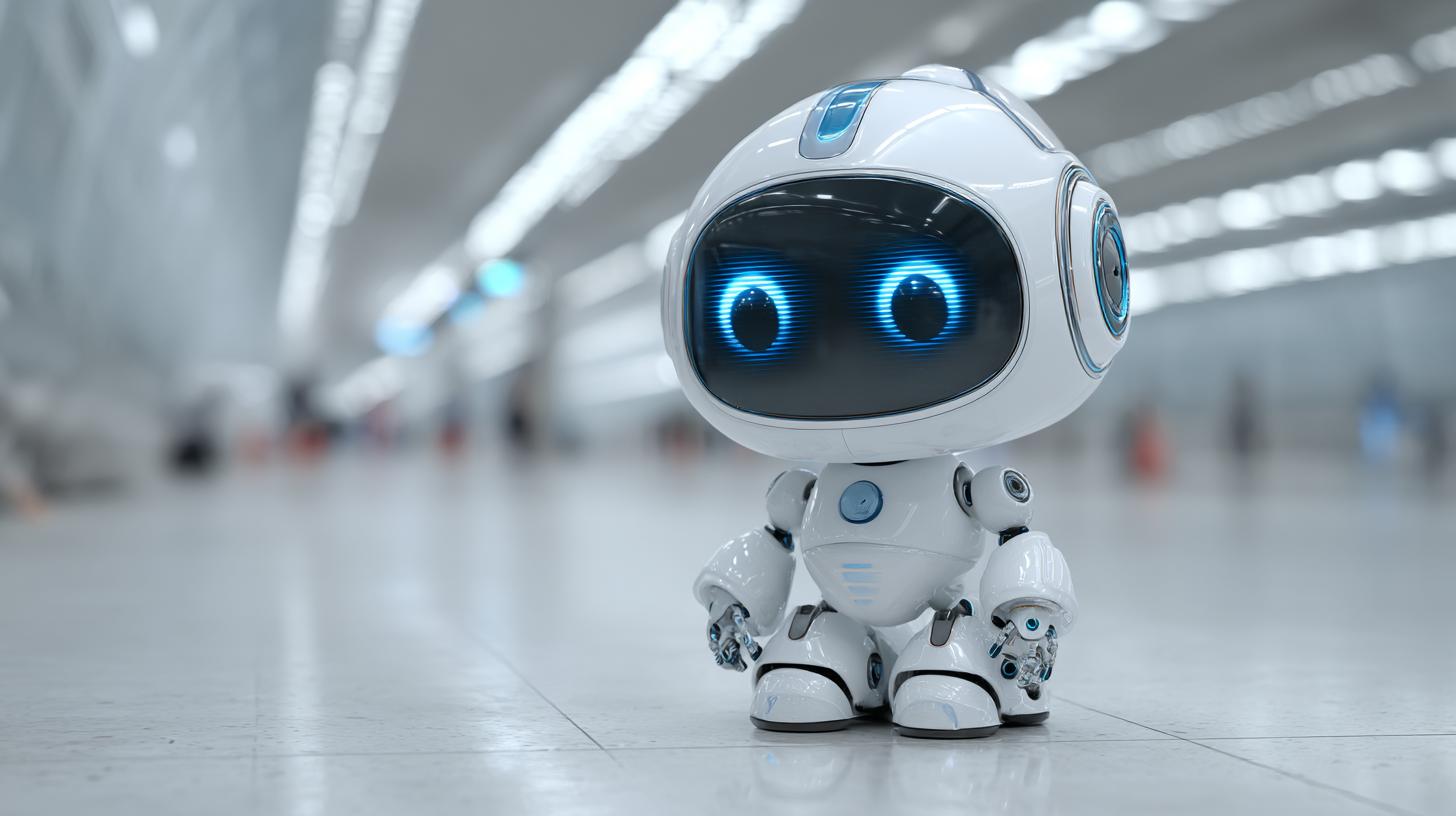 The integration of robotics into education has proven to be a transformative approach, particularly in developing critical thinking and problem-solving skills among students. Robotics challenges learners to engage in hands-on activities that require them to design, build, and program robots to accomplish specific tasks. This immersive experience fosters an environment where students can experiment and iterate on their ideas, encouraging them to think critically about the strategies they employ and the solutions they develop.
The integration of robotics into education has proven to be a transformative approach, particularly in developing critical thinking and problem-solving skills among students. Robotics challenges learners to engage in hands-on activities that require them to design, build, and program robots to accomplish specific tasks. This immersive experience fosters an environment where students can experiment and iterate on their ideas, encouraging them to think critically about the strategies they employ and the solutions they develop.
Moreover, as students tackle complex problems through robotics projects, they cultivate a mindset that embraces challenges and views failure as a learning opportunity. Collaborative team efforts in robotics also enhance communication skills and the ability to work effectively with peers, as students must articulate their thoughts, listen to others, and merge diverse perspectives to find optimal solutions. This combination of technical skills and socio-emotional learning positions students as future innovators, ready to tackle real-world issues with creativity and resilience.
Integrating Robotics into Curricula: Strategies for Educators in 2025
As we move toward a future heavily influenced by technological advancements, integrating robotics into educational curricula is becoming essential for preparing students as future innovators. According to a report by the World Economic Forum, it is estimated that by 2025, 85 million jobs may be displaced by a shift in labor between humans and machines, while 97 million new roles are expected to emerge, emphasizing the necessity of equipping students with relevant skills in robotics and automation. Educators must adopt innovative strategies to embed robotics into their teaching frameworks, ensuring that students not only consume technology but also understand its underlying principles and applications.
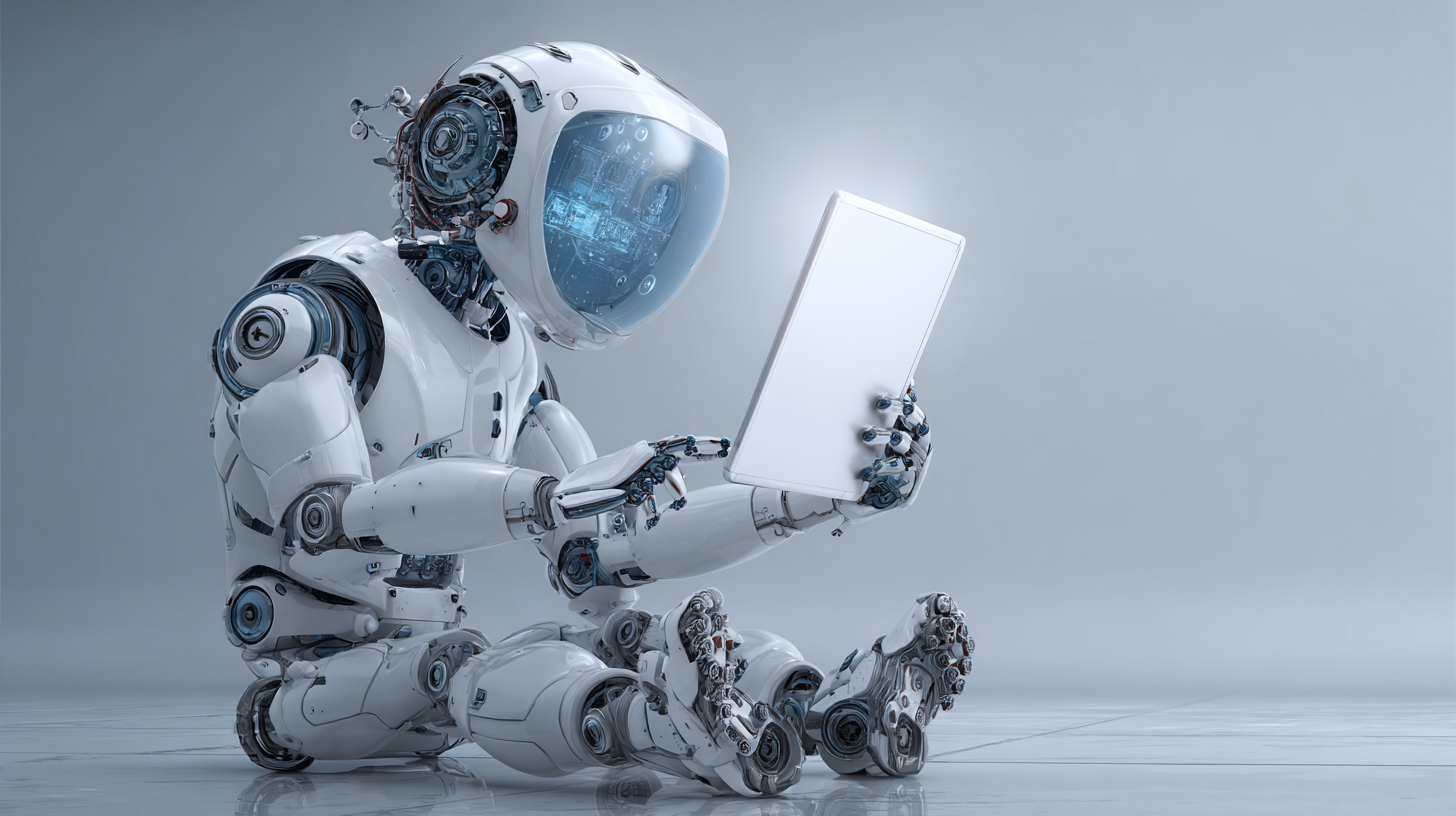
To effectively integrate robotics into curricula, educators can leverage project-based learning as a central strategy. By engaging students in hands-on projects, they can develop critical problem-solving skills and creativity. The U.S. Department of Education has highlighted that project-based learning can increase student engagement by up to 80%, resulting in a deeper understanding of complex concepts such as programming and engineering principles. Furthermore, incorporating interdisciplinary approaches allows students to see the connection between robotics and subjects like mathematics, science, and even the arts, creating a richer and more holistic learning environment. As we approach 2025, it is imperative that educators embrace these strategies to cultivate a generation of learners equipped for the challenges and opportunities of the robotic age.
Future Trends: How Robotics Learning is Influencing STEM Education
Robotics learning is rapidly reshaping STEM education, paving the way for a new generation of innovators. According to a report by the International Society for Technology in Education, schools that integrate robotics into their curricula see a 20% increase in student engagement and a 15% rise in effective learning outcomes. These statistics highlight how hands-on robotics projects not only captivate students' interest but also enhance critical thinking and problem-solving skills essential for future careers in science, technology, engineering, and mathematics.
Moreover, a study from the Robot Education Association revealed that students involved in robotics competitions score 30% higher in math and 25% higher in science than their peers who do not participate. As robotics becomes a core component of educational programs, it prepares students for an increasingly automated workforce. This trend signals a shift toward experiential learning, where students apply theoretical concepts in practical contexts, fostering an innovative mindset that is crucial for addressing the challenges of tomorrow's job market. As education systems evolve, the emphasis on robotics learning will undoubtedly continue to grow, shaping the innovators of the future.
Impact of Robotics Learning on STEM Education
Empowering Future Innovators: Skills Developed Through Robotics Learning
Robotics learning serves as a transformative force in education, equipping future innovators with essential skills for the modern workforce. As students engage with robotics, they are not only mastering technical knowledge but also fostering critical thinking, collaboration, and problem-solving abilities. These skills are vital as they navigate complex challenges and develop innovative solutions. The hands-on experience gained through building and programming robots encourages creativity and enhances understanding of STEM (Science, Technology, Engineering, and Mathematics) concepts.
Tip: To maximize the benefits of robotics learning, encourage students to work in teams. Collaborative projects teach them to communicate effectively, share ideas, and leverage individual strengths. This not only cultivates a sense of community but also mimics real-world working environments where teamwork is key to success.
Moreover, robotics education empowers learners to embrace failure as a part of the learning process. By troubleshooting and iterating on their designs, students develop resilience and perseverance, essential traits for future innovators. A classroom that promotes experimentation and celebrates mistakes creates an environment where creativity can flourish.
Tip: Incorporate project-based learning related to real-world problems. This not only engages students but also allows them to apply their robotics skills in meaningful contexts, igniting their passion for innovation and making learning relevant to their lives.
What is Robotics Learning and How It Transforms Education for Future Innovators
| Skill Developed | Description | Impact on Learning |
|---|---|---|
| Problem Solving | Developing solutions for complex challenges through design and programming. | Enhances critical thinking and creativity. |
| Teamwork | Collaborating with peers to achieve common goals in robotics projects. | Fosters communication skills and social interaction. |
| Technical Knowledge | Understanding of programming languages, electronics, and mechanical systems. | Prepares students for future careers in STEM fields. |
| Innovation | Encouraging out-of-the-box thinking to create new robotic solutions. | Promotes entrepreneurial skills and mindset. |
| Resilience | Learning to iterate and improve designs after failures. | Strengthens perseverance and adaptability. |
Related Posts
-

Robotics Learning Market Growth Trends Ahead of 2025 China Import and Export Fair Insights
-
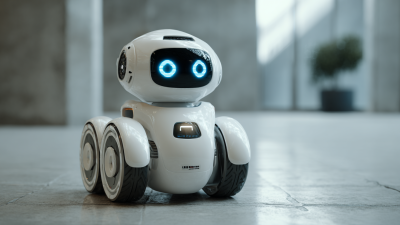
Unlocking the Future: An Ultimate Guide to Choosing the Right Autonomous Robot for Your Business
-

Unlocking the Future of Innovation with Robotics Lab Technologies for Education and Research
-
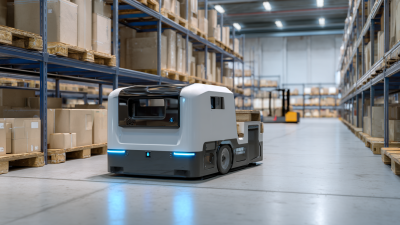
How to Maximize Efficiency with AMR Robots: Insights from the 2023 Logistics Automation Report
-

Maximizing Efficiency with Logistics Robotics A Comprehensive How to Guide
-
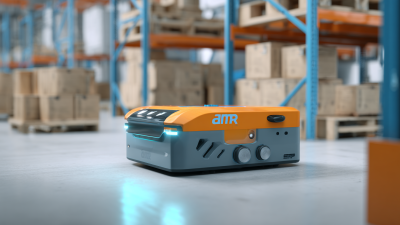
Exploring the Future of AMR Robots in Smart Warehousing and Supply Chain Optimization